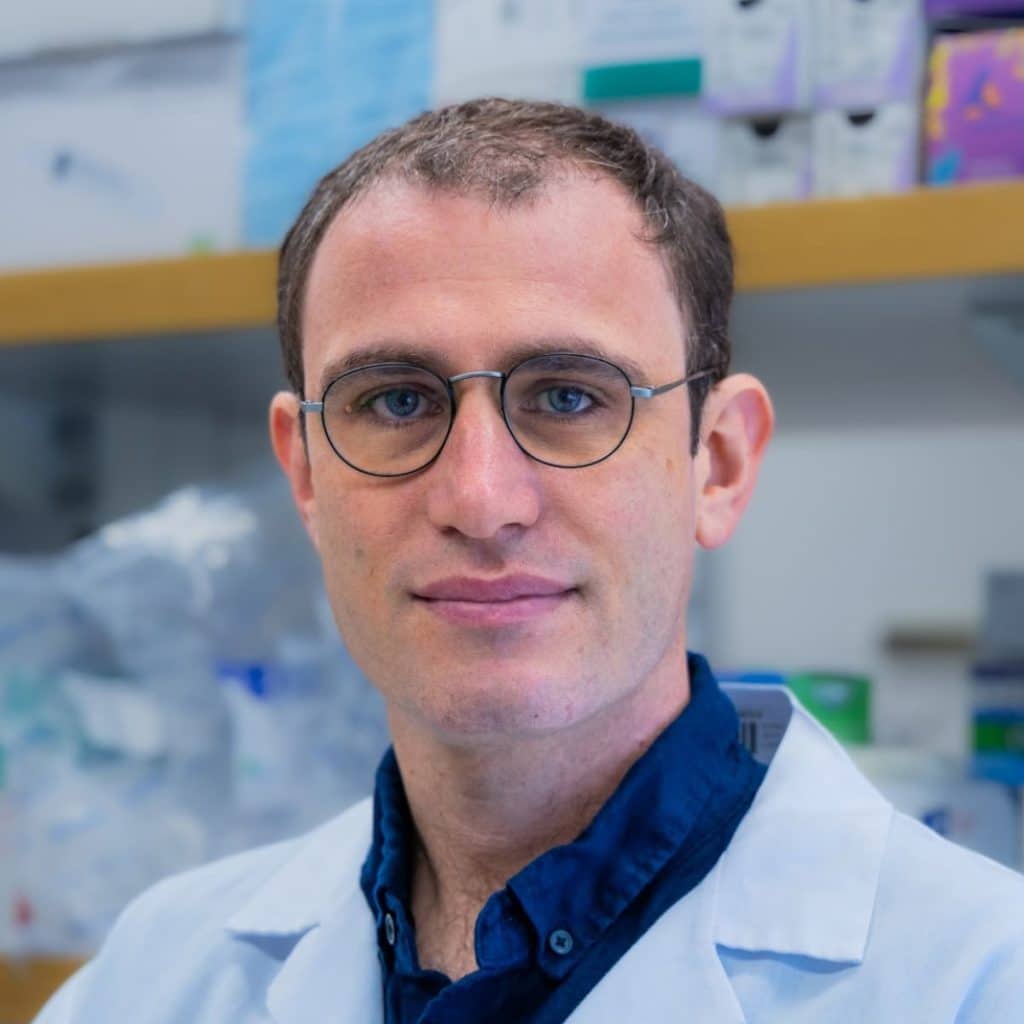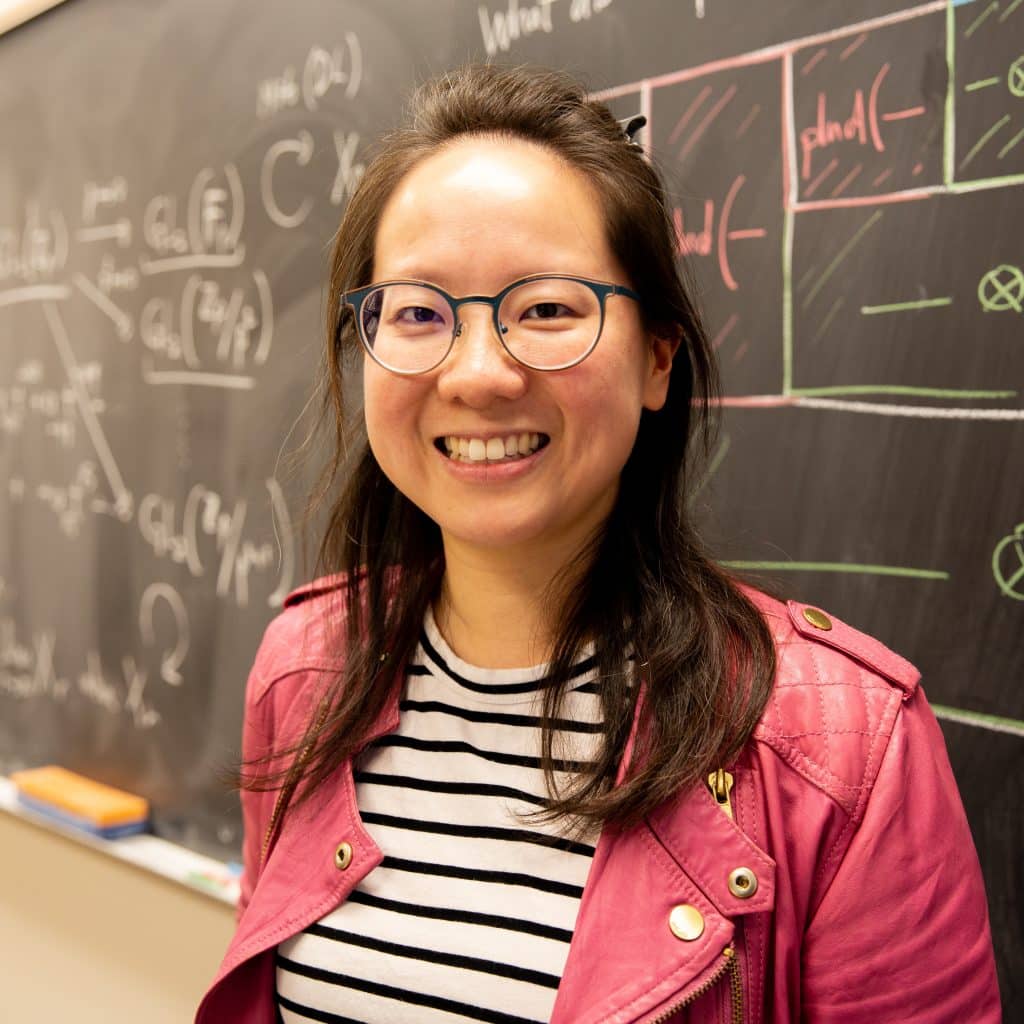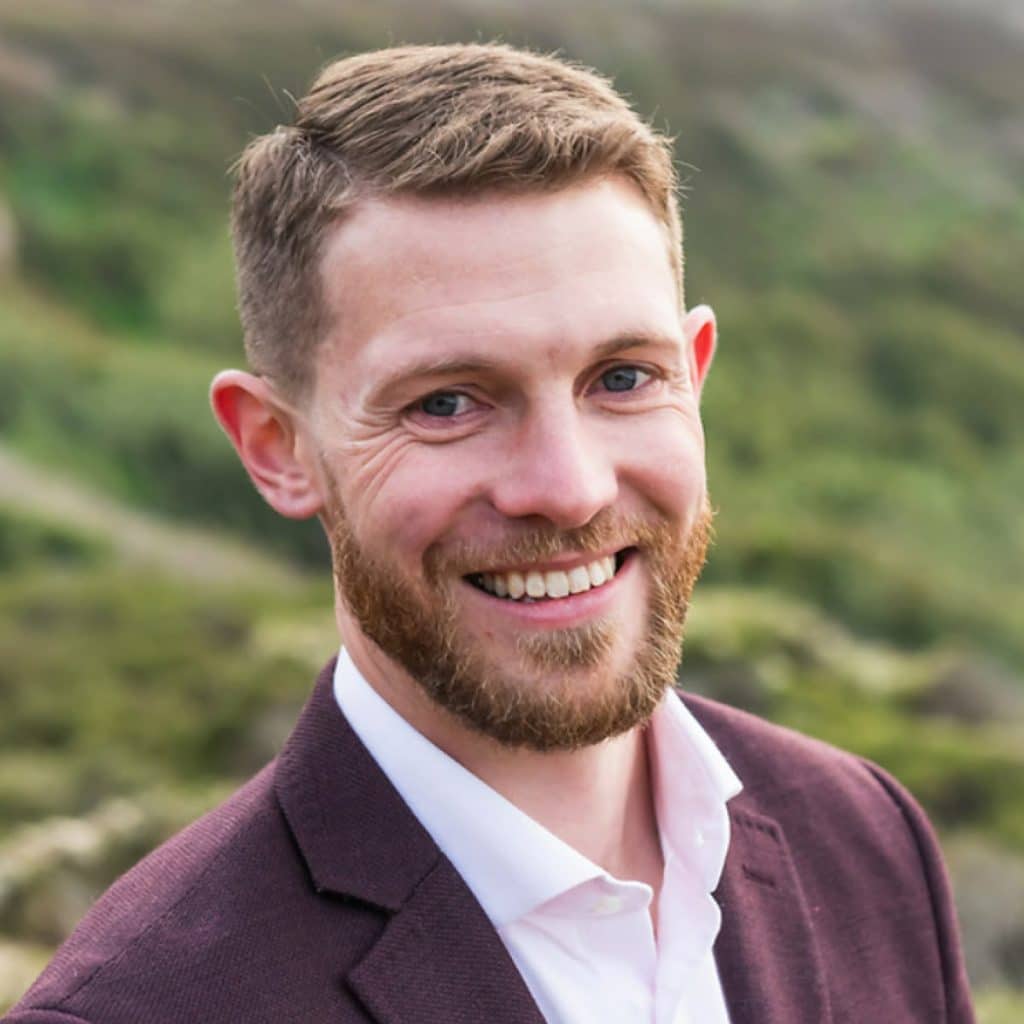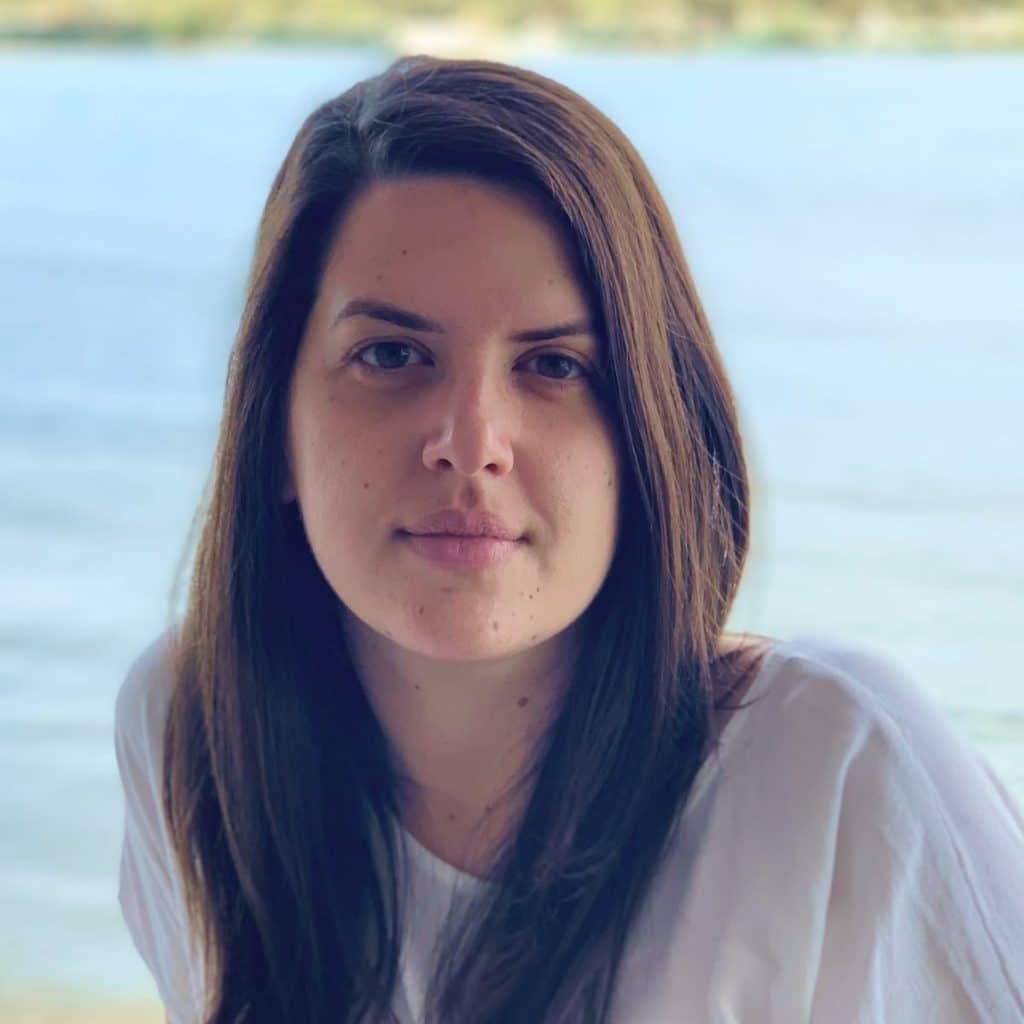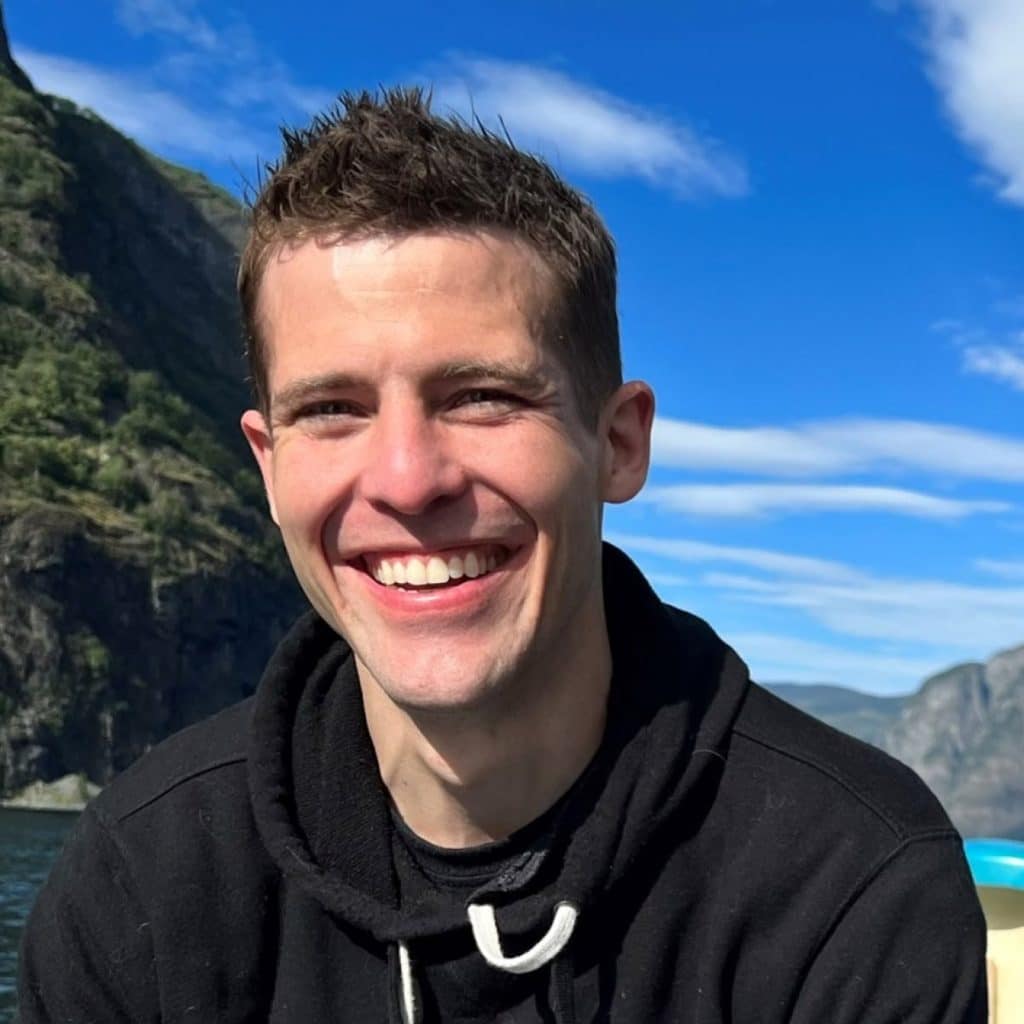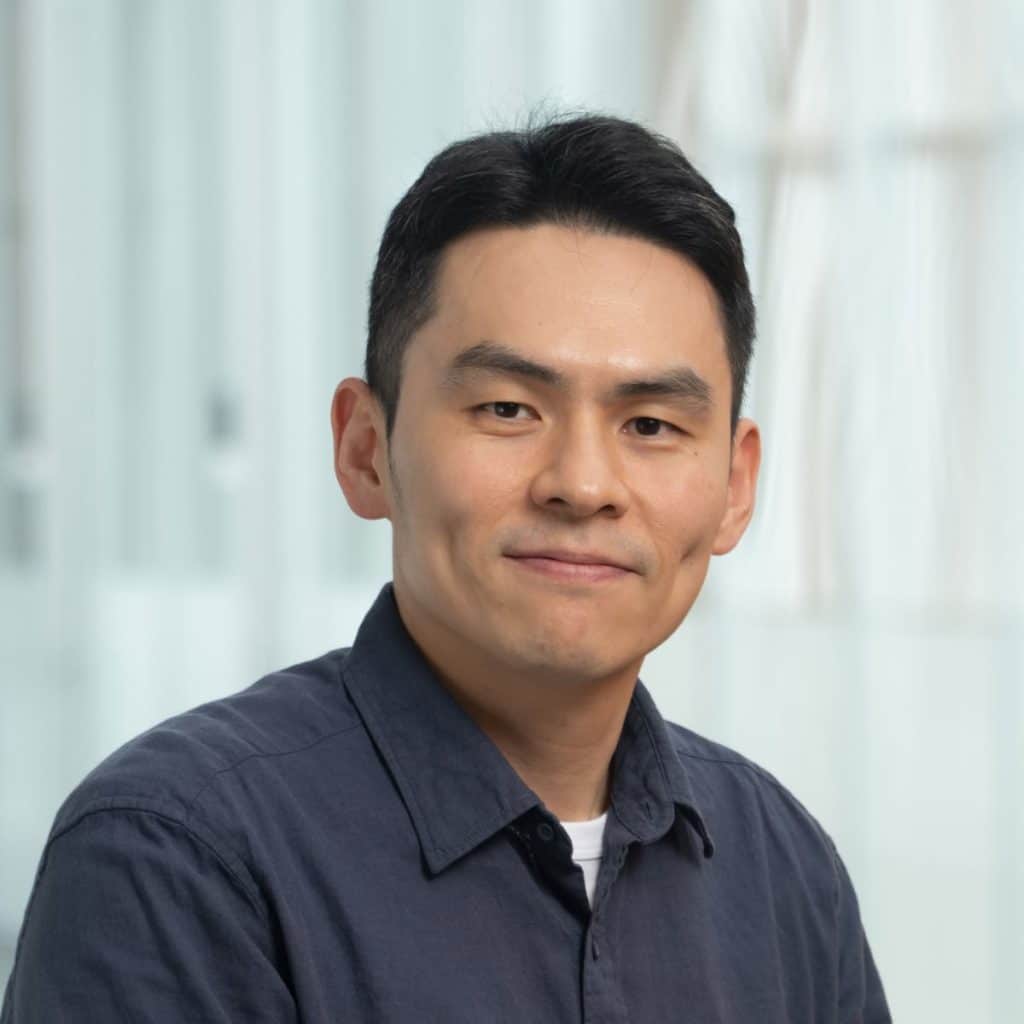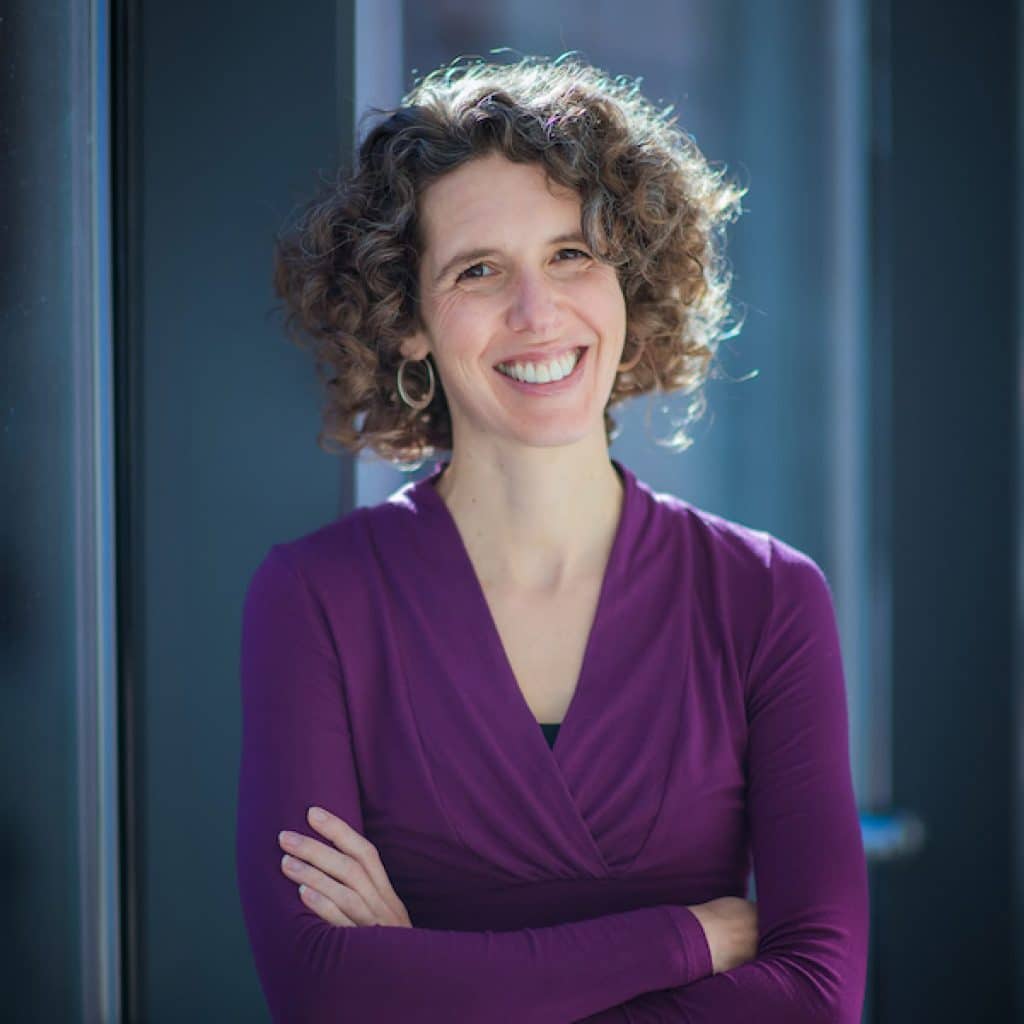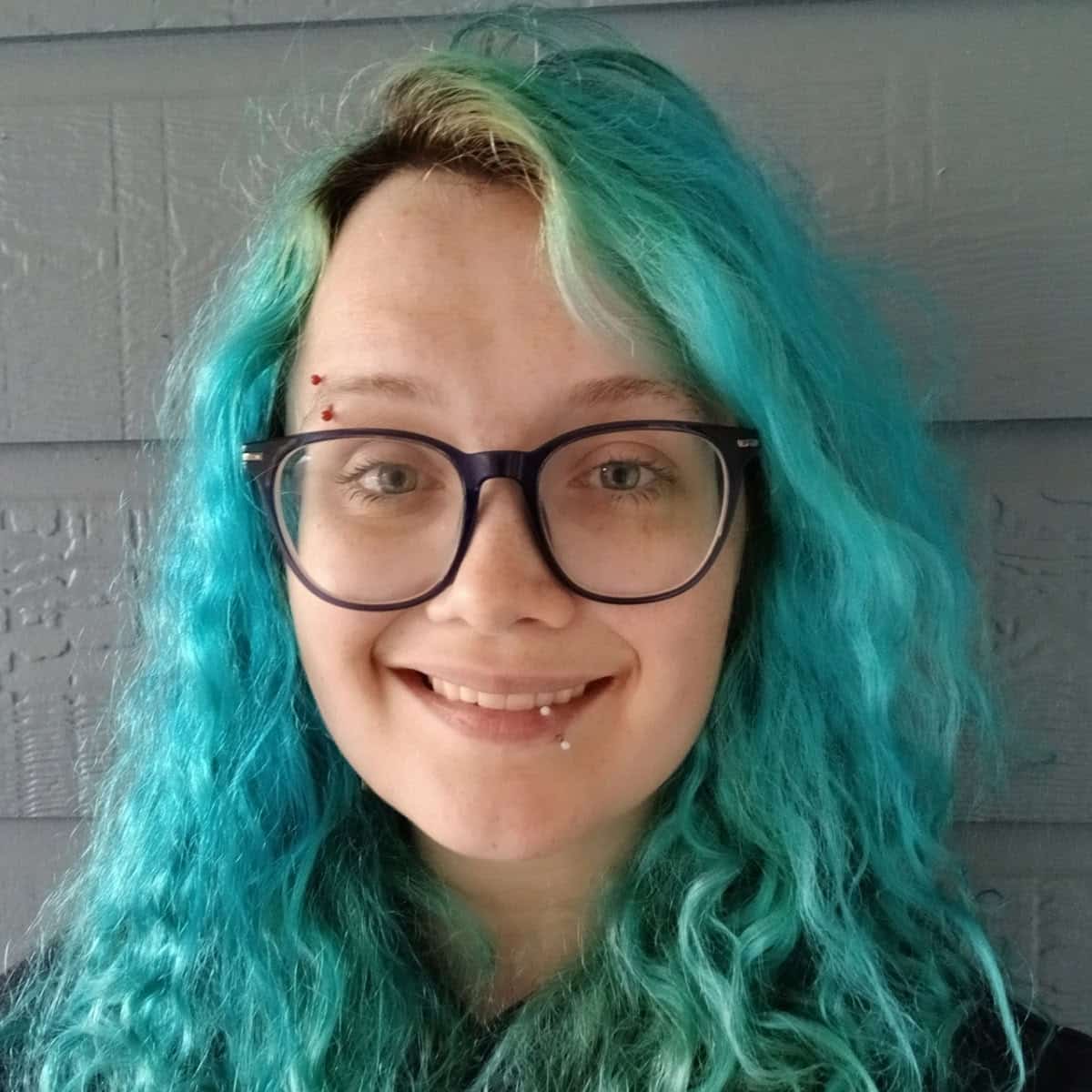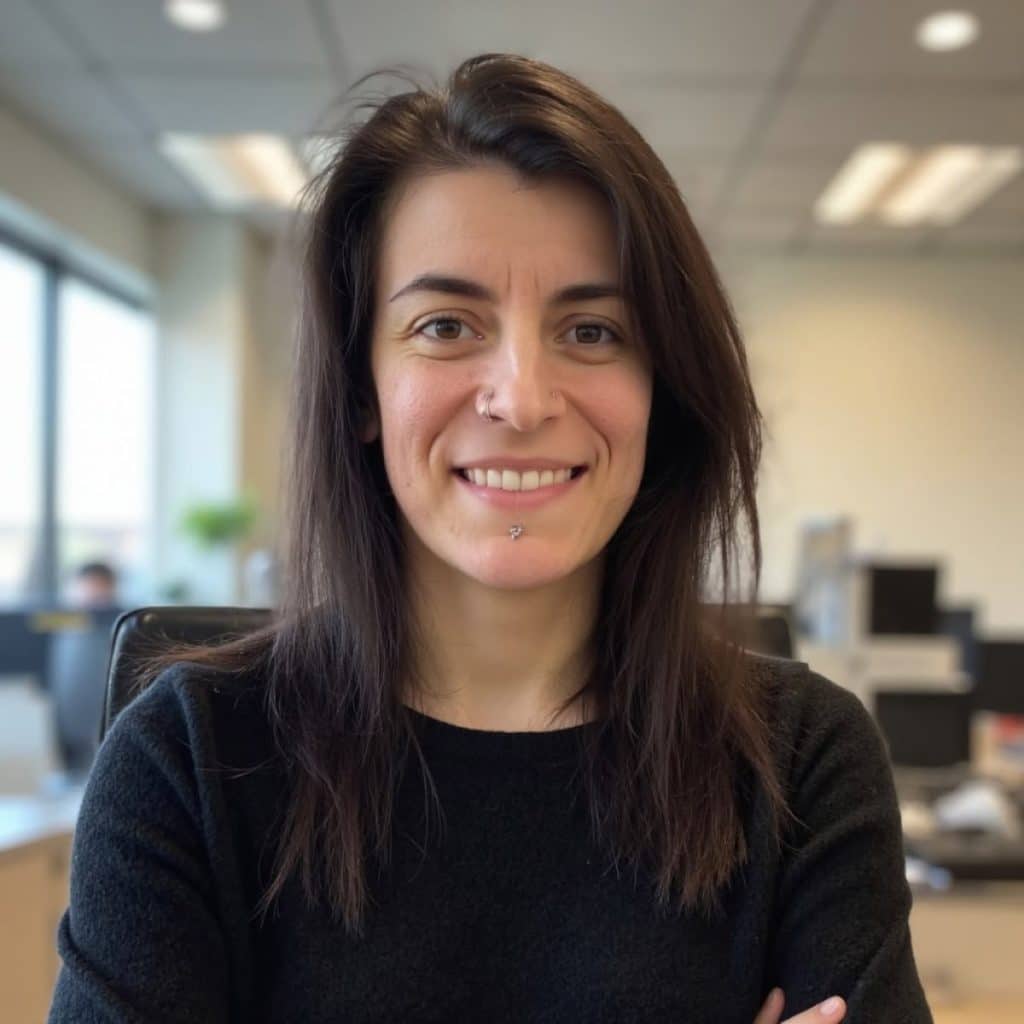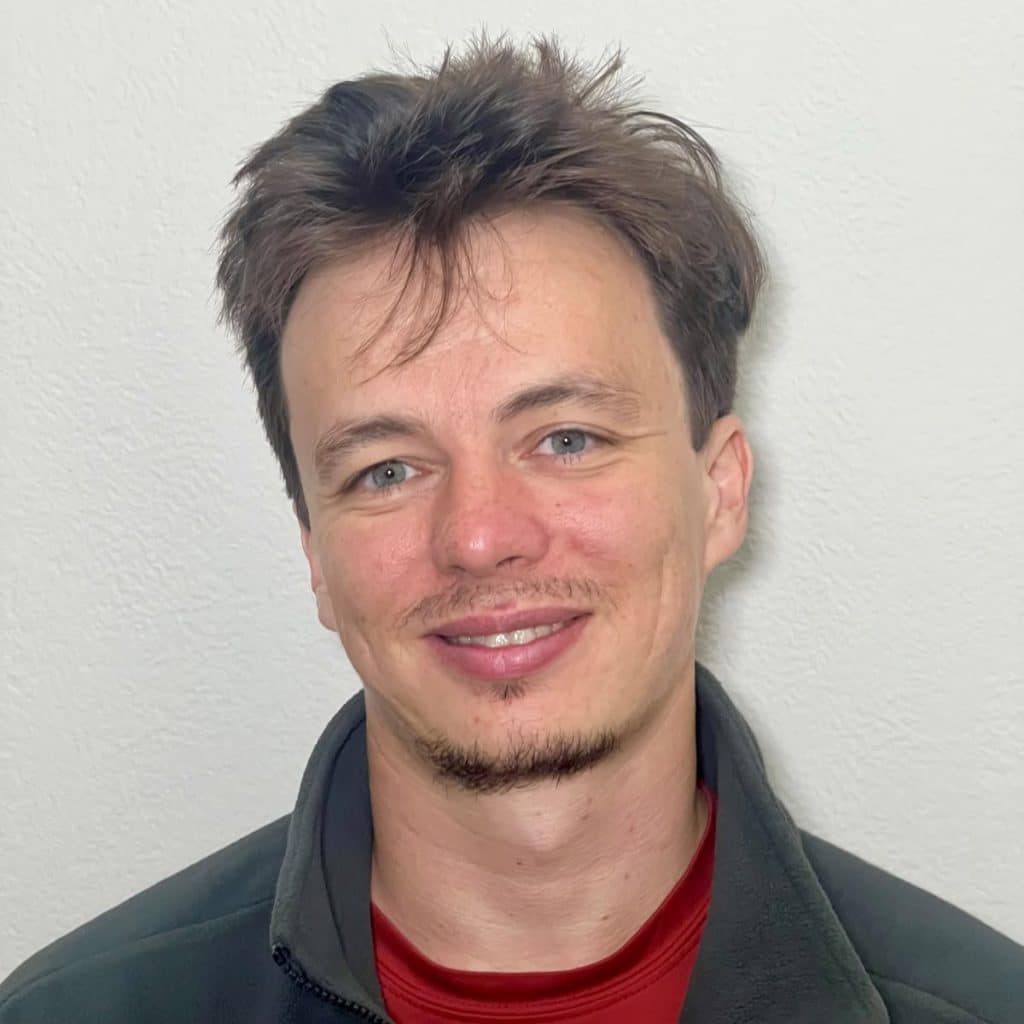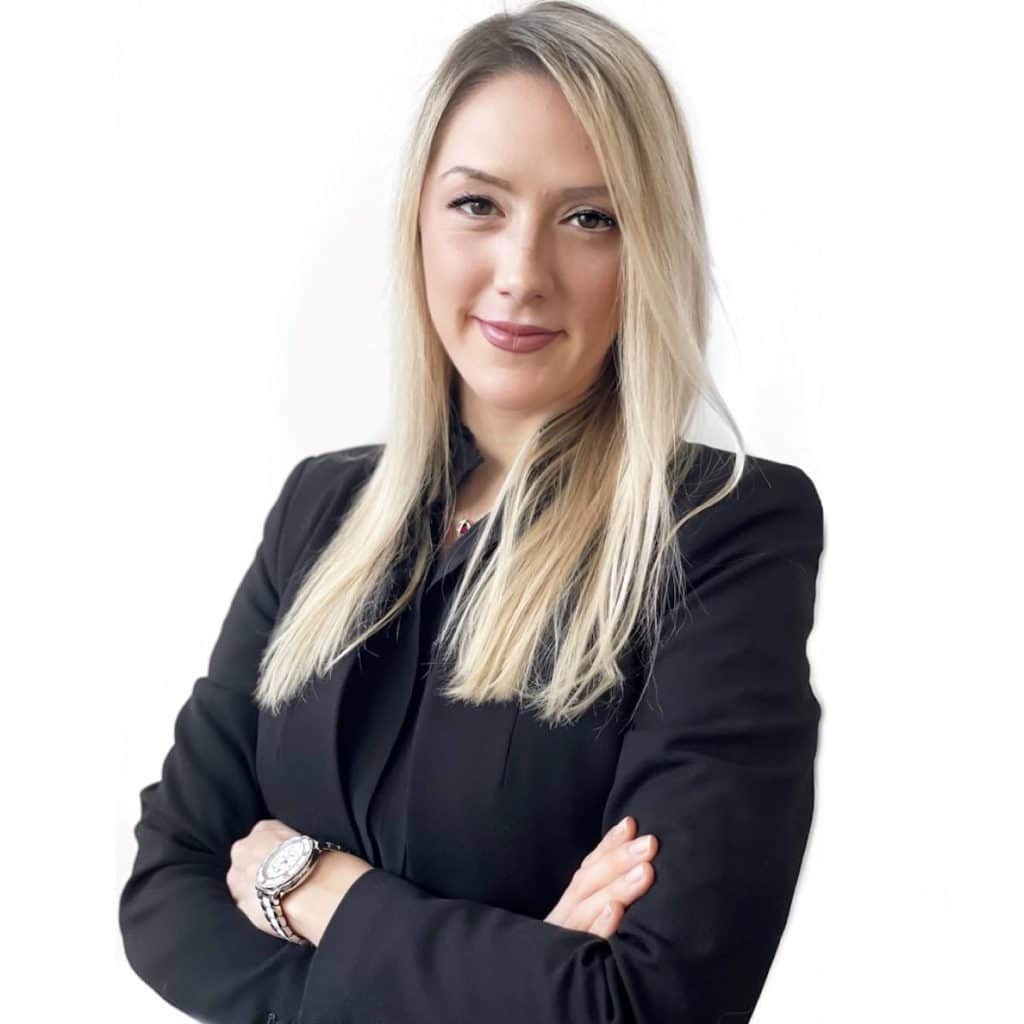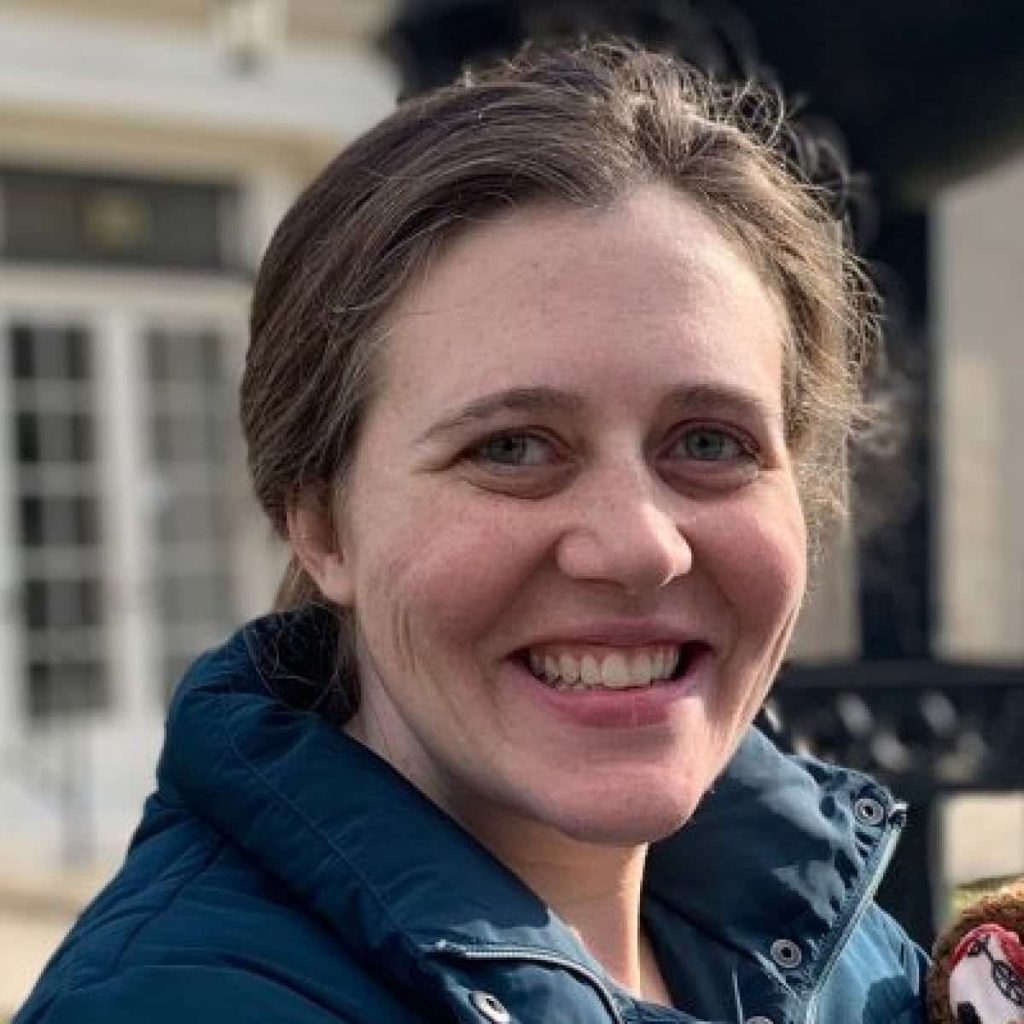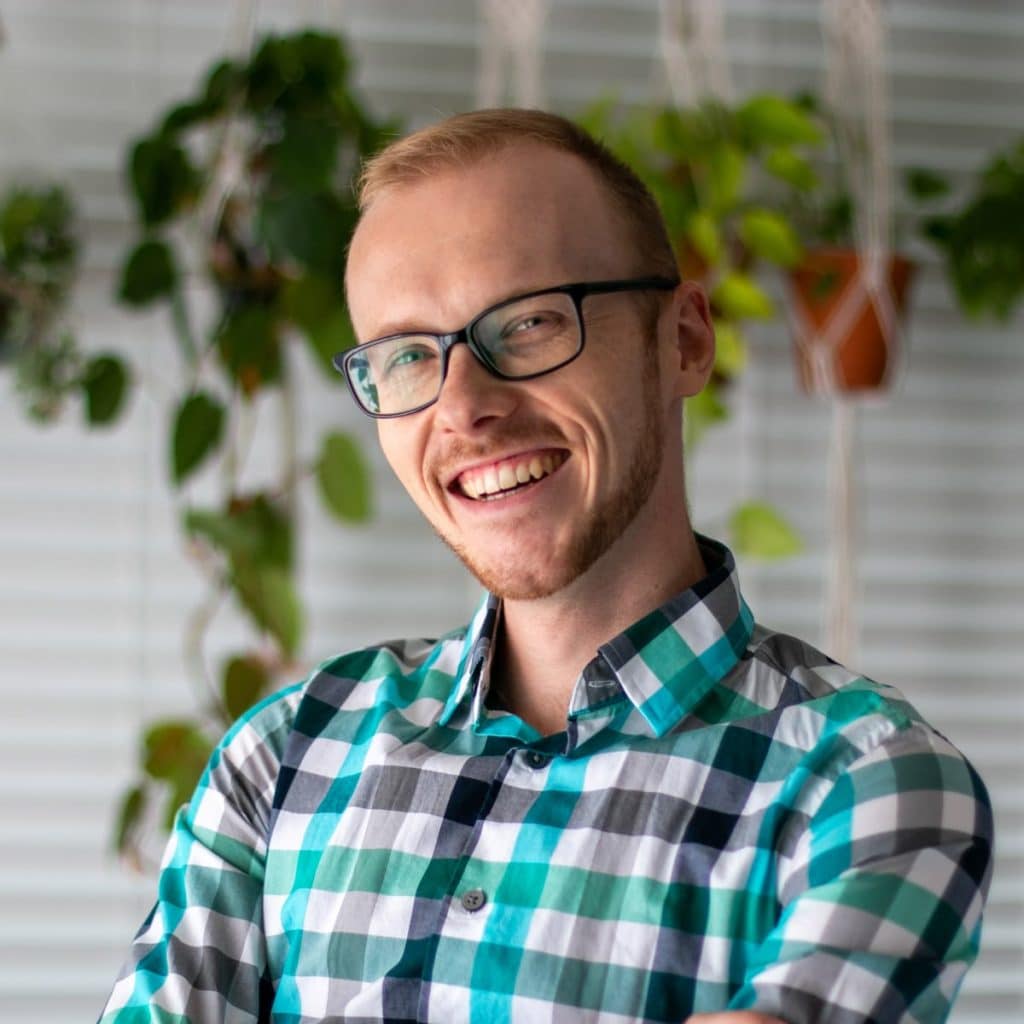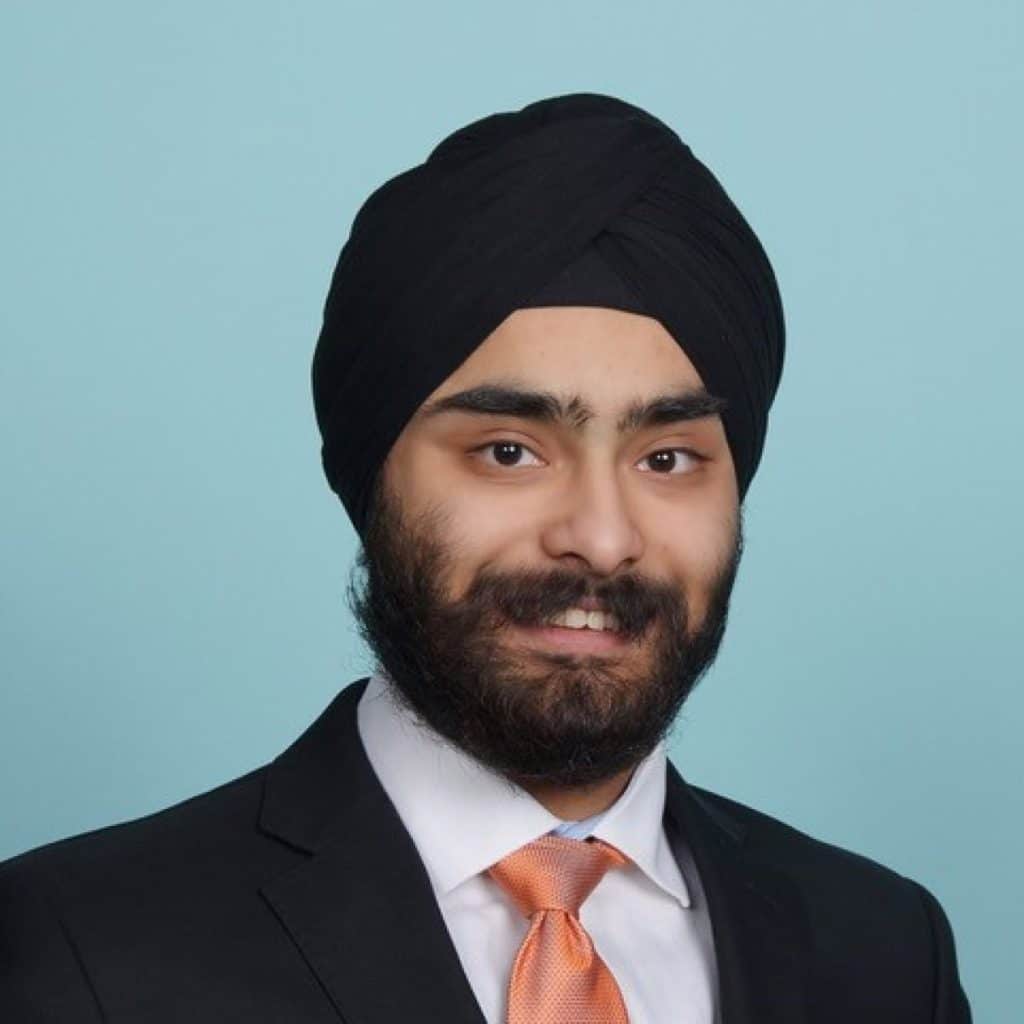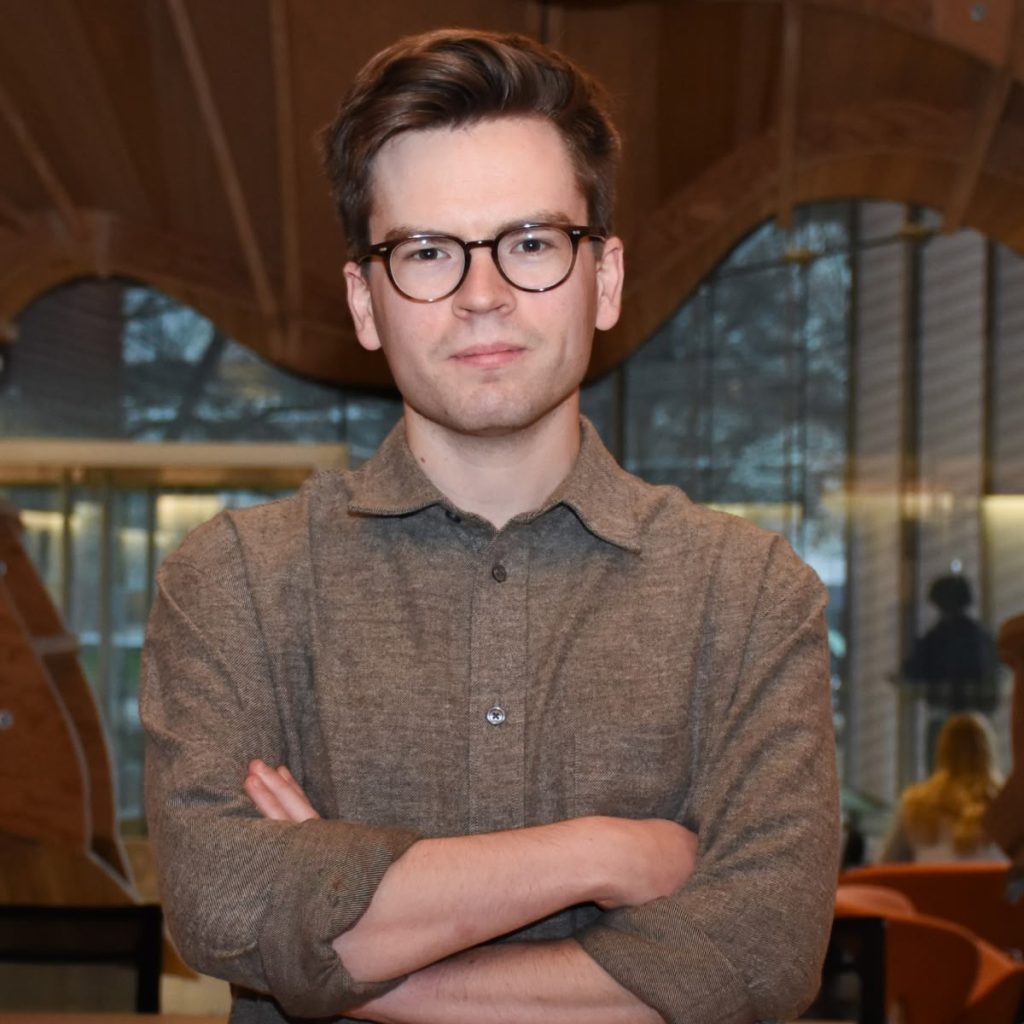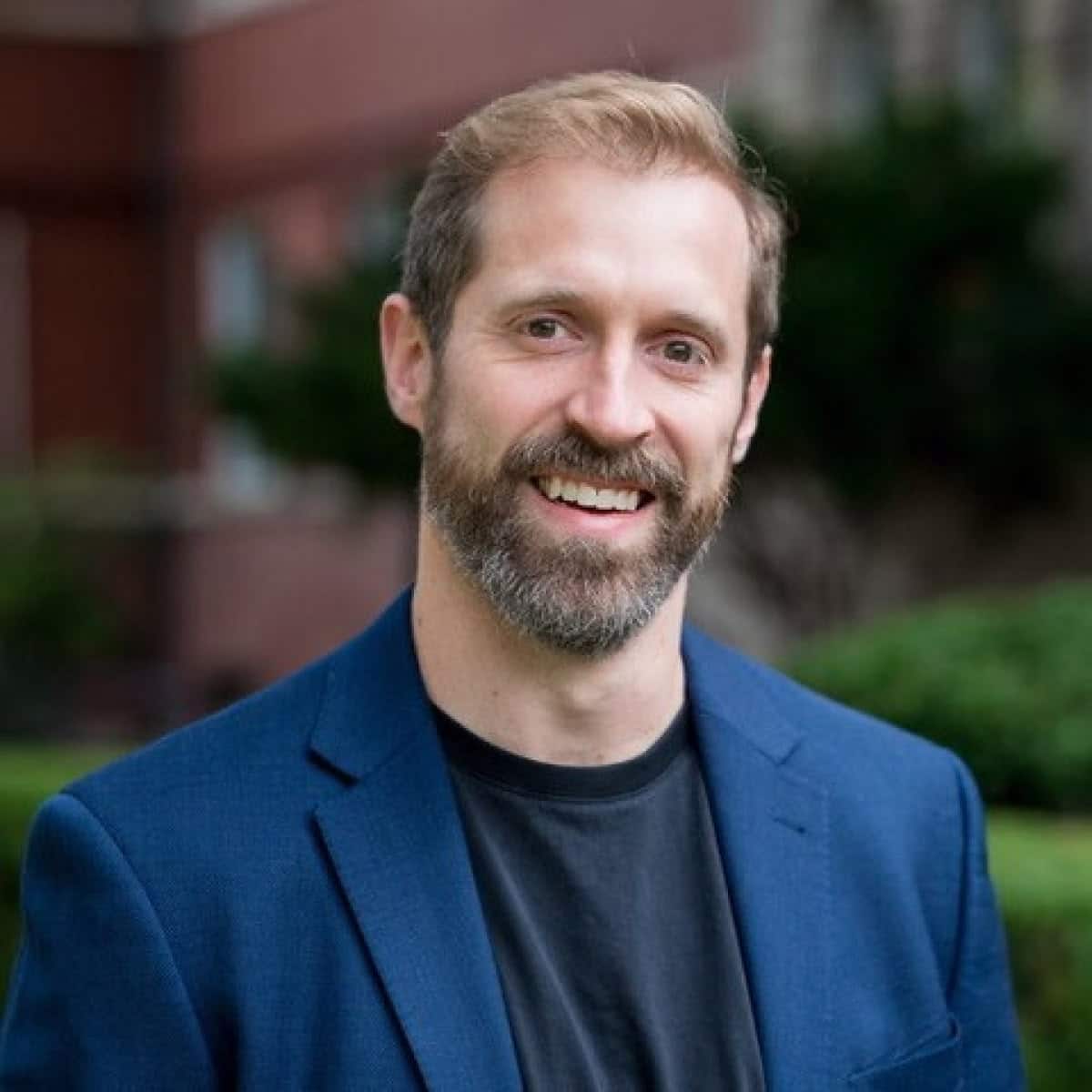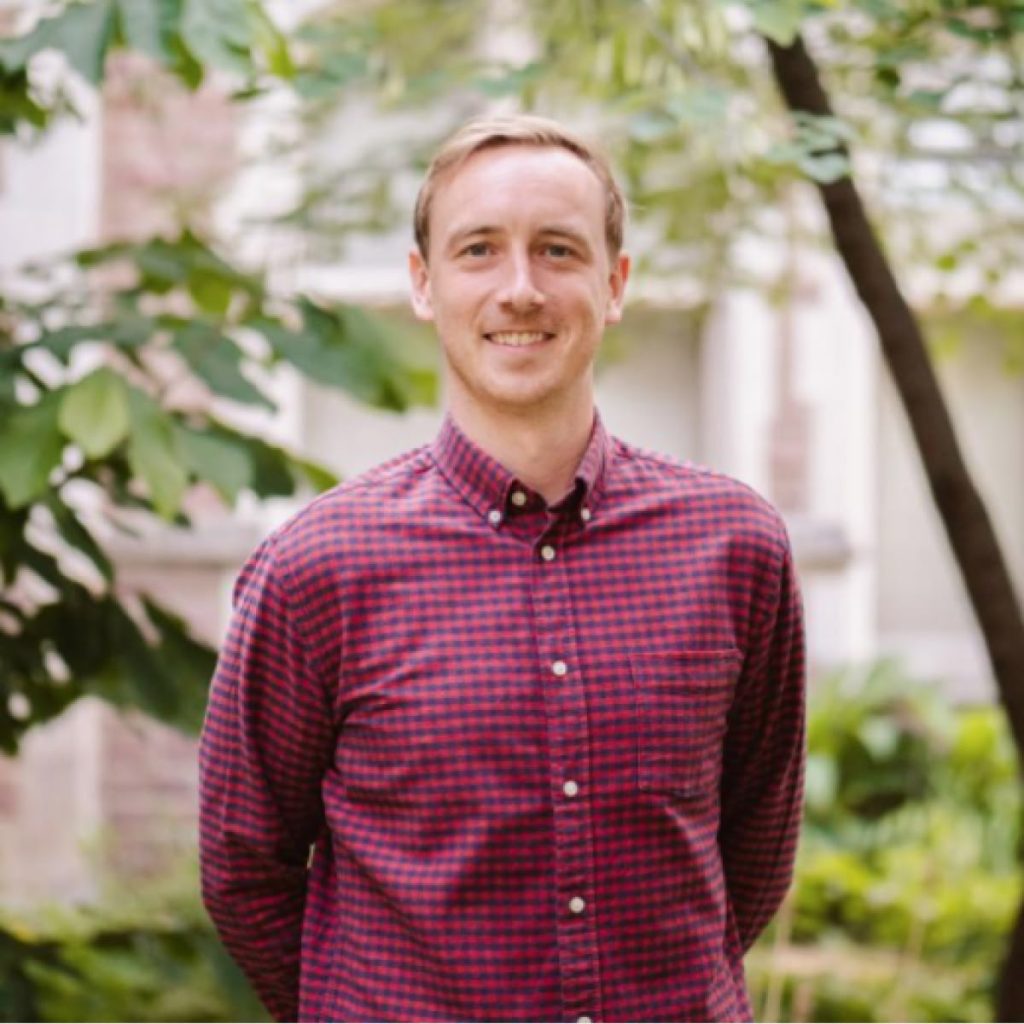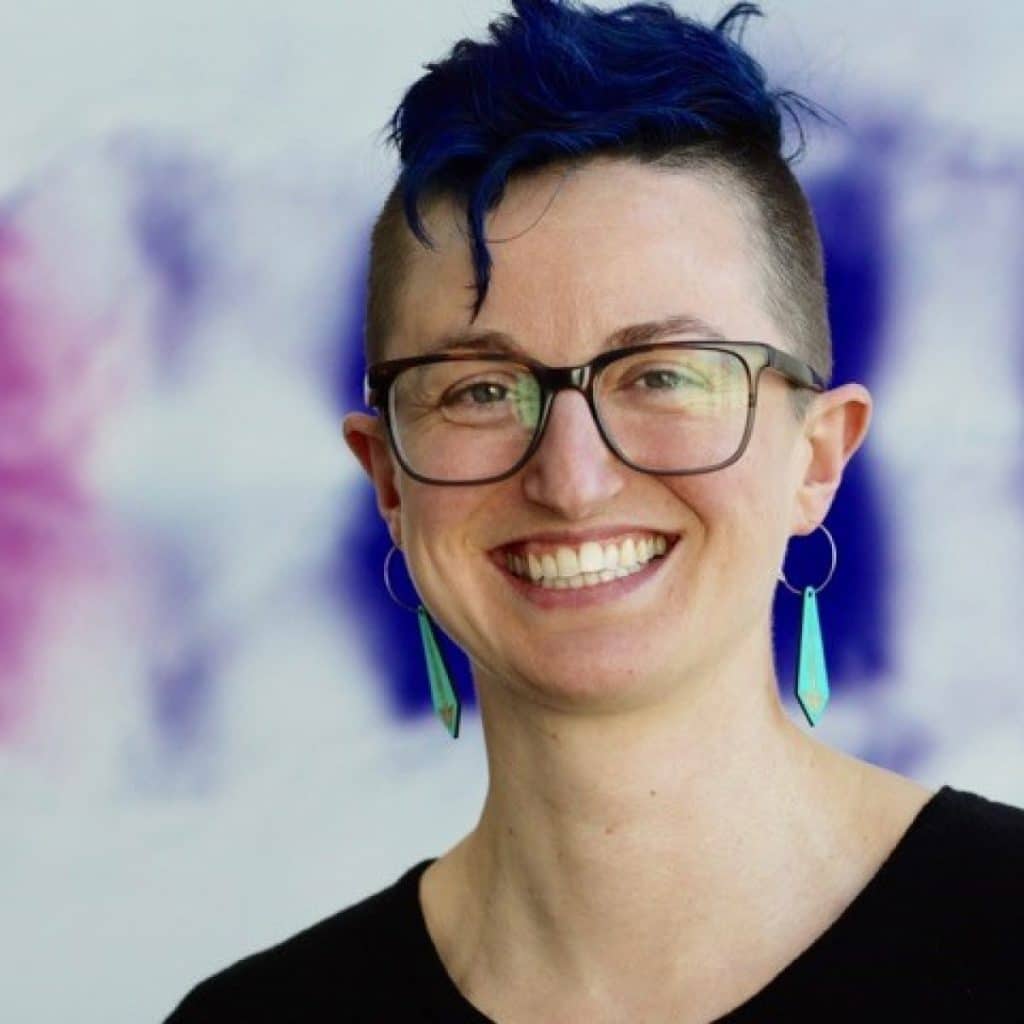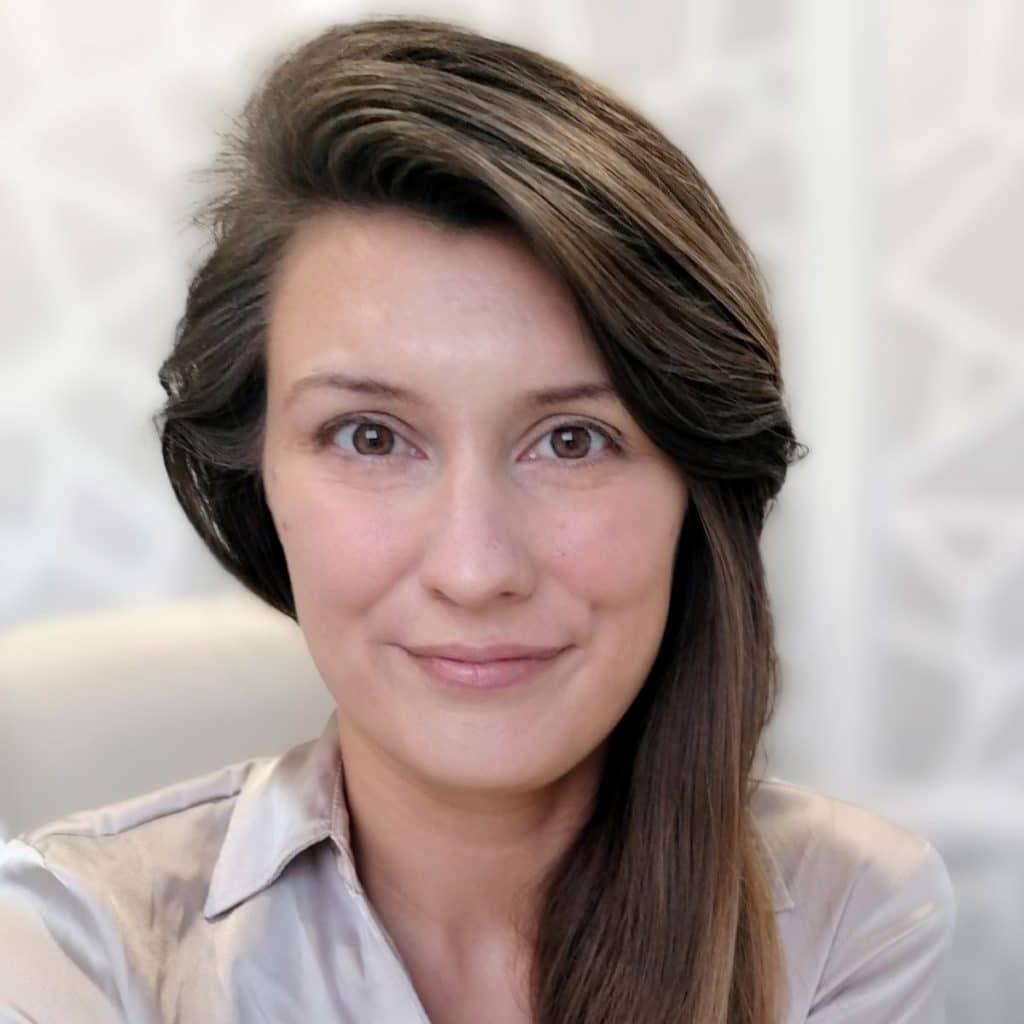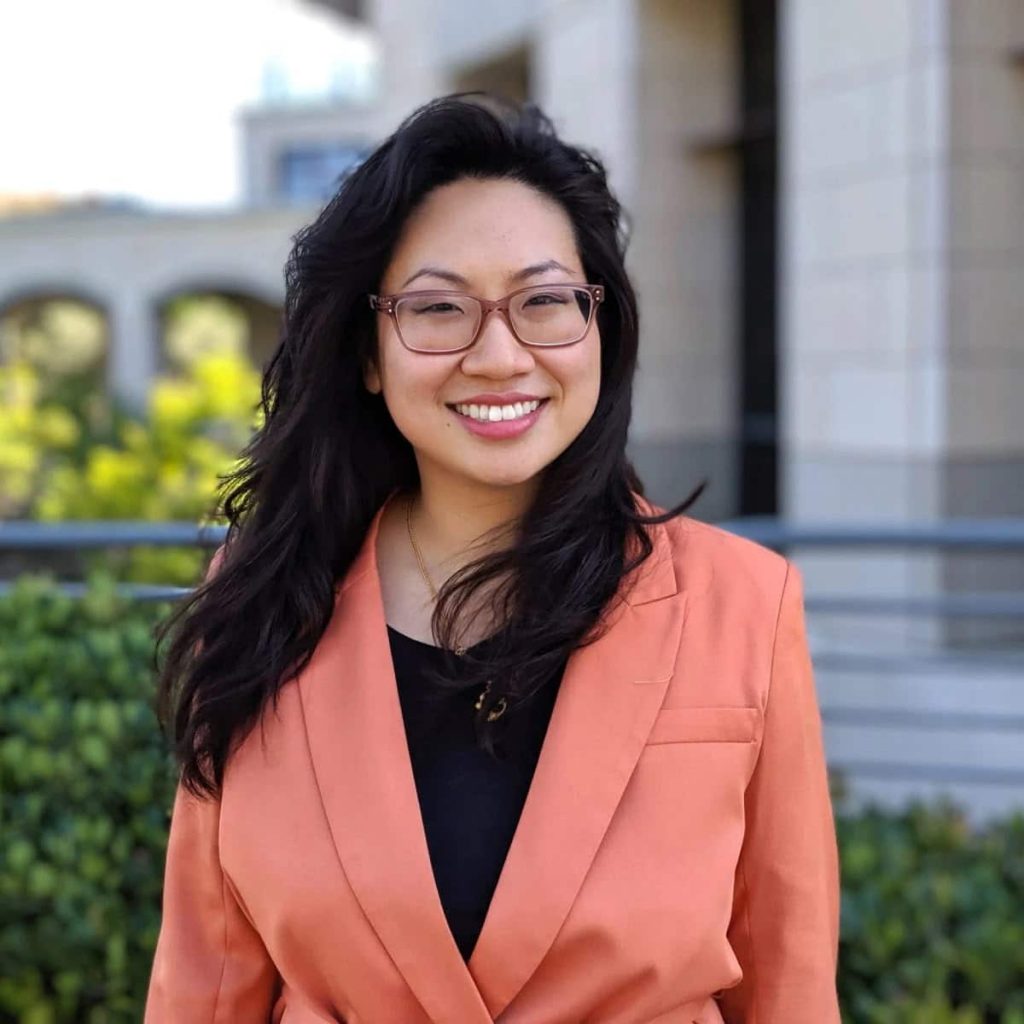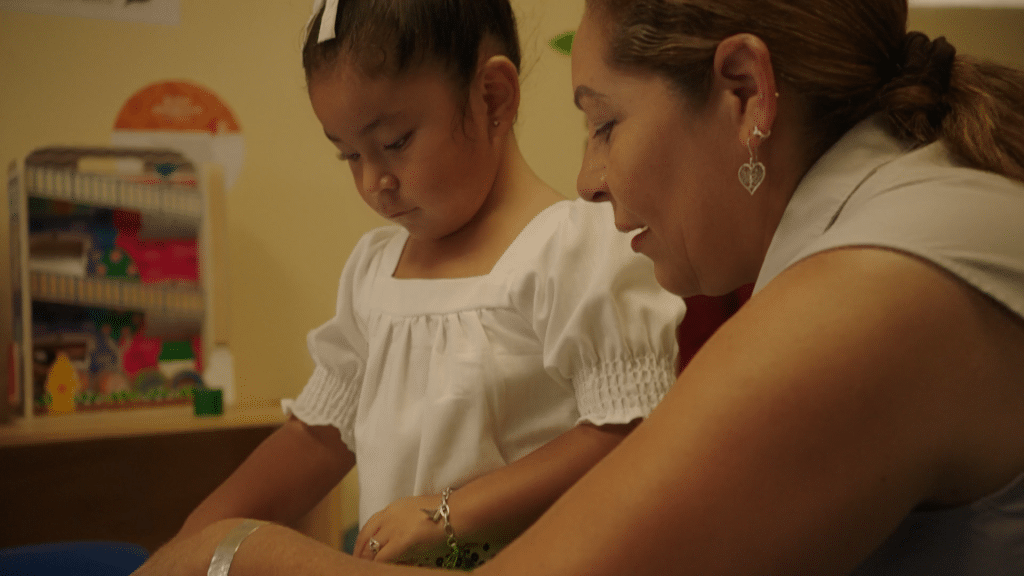The David and Lucile Packard Foundation announced today the recipients of the 2025 Packard Fellowships for Science and Engineering. This year’s class features 20 innovative early-career scientists and engineers, who will each receive $875,000 over five years to pursue their research. Like so many Fellows before them, this year’s class of Fellows are shaping discoveries that will touch lives in every community, from advancements in robotics, to uncovering how our bodies work at the chemical level, to mitigating biases in Large Language Models.
“Science is a powerful tool for solving the world’s toughest challenges. These visionary Packard Fellows are pushing the boundaries of knowledge, and their bold ideas will become tomorrow’s real-world solutions.
Nancy Lindborg, President and CEO
Since 1988, the Packard Fellowships for Science and Engineering have encouraged transformative work by providing maximum flexibility through unrestricted funds that Fellows can use as they choose, including for needs like child care. This latitude lets Fellows test novel ideas and lead research that drives real-world impact.
The Packard Fellowships were inspired by David Packard’s passion for science and engineering and his commitment to strengthening university-based science and engineering programs in the United States. Recognizing that the success of the Hewlett-Packard Company, which he co-founded, grew from breakthroughs in university labs, the Foundation launched the Packard Fellowships for Science and Engineering program 37 years ago. Since then, the Packard Foundation has awarded more than $500 million to support 735 scientists and engineers from 55 universities.
“David Packard believed that science was the cornerstone of America’s progress. He invested in science not only because it drives innovation, but because it is a public good that strengthens our society and our shared future. Today, that vision matters more than ever,” said Lindborg. “At a time when we face urgent challenges, the Packard Foundation continues to champion science that is rigorous, evidence based, and responsive to communities’ needs. We honor our founder’s legacy by ensuring that science in America remains a beacon: advancing knowledge, informing action, and creating a more sustainable world for generations to come.”
Over the decades, Fellows’ discoveries have helped protect species, develop new vaccines, and launch technologies that improve our daily lives. Fellows have gone on to receive many of the field’s highest honors, including Nobel Prizes in Chemistry and Physics, Fields Medals, Alan T. Waterman Awards, Breakthrough Prizes, Kavli Prizes, and elections to the National Academies of Science, Engineering, and Medicine.
“This extraordinary class of Fellows joins a community whose discoveries are shaping the world today and whose ideas will fuel the breakthroughs of tomorrow. We’re excited to welcome them to the Fellowship, connect them across fields, and give them the freedom to ask audacious questions to build the future together.”
Dr. Richard Alley, Chair of the Packard Fellowships for Science and Engineering Advisory Panel and 1991 Packard Fellow
Each year, the Foundation invites 50 universities to nominate two faculty members each for consideration. The Packard Fellowships Advisory Panel, a group of 12 internationally recognized scientists and engineers, evaluates the nominations and recommends Fellows for approval by the Packard Foundation Board of Trustees.
The recipients of the 2025 Packard Fellowships for Science and Engineering are:
William Allen
Department of Developmental Biology, Stanford University
Learn more
Discipline: Biological Sciences, Neuroscience, Biotechnology
The mammalian brain has a remarkable ability to maintain function for decades despite stress and damage. The Allen Lab studies the biological basis of resilience: how it develops, endures, and fails with age. Bridging scales from molecules to circuits, they ultimately aim to engineer new ways of protecting the brain.
Charlotte Chan
Department of Mathematics,
University of Michigan
Learn more
Discipline: Mathematics
From a young age, we encounter patterns of symmetry in the world around us. Representation theory provides a systematic framework for understanding symmetry, in both quantitative and qualitative terms. Chan’s work explores arithmetic phenomena through this lens by exhibiting its deep interactions with polynomials.
James Gaynor
Department of Chemistry,
Northwestern University
Learn more
Discipline: Chemistry, Physics
Photochemistry and chemical bonding fundamentally depend on electron-electron and electron-nuclear interactions. The Gaynor Group develops and uses state-of-the-art ultrafast experiments to precisely measure how nonequilibrium electronic and vibrational motions guide energy flow at the atomic level – beginning the moment light is absorbed and on timescales that electrons move.
Georgia Gkioxari
Department of Computing and Mathematical Sciences, California Institute of Technology
Learn more
Discipline: Computer/Information sciences
Georgia’s research gives machines the ability to perceive the world. She develops new spatial tasks and visual representations that transform natural images into 2D and 3D understanding, advancing artificial intelligence, autonomous systems, and assistive technologies.
Karl Glastad
Department of Biology,
University of Rochester
Learn more
Discipline: Biological Sciences
Aging is a poorly understood process universal to essentially all complex animals, and from nematodes to humans aging shows remarkably consistent signatures at the cellular level. The Glastad Lab uses ants, which can modulate their lifespan by >20-fold, as an innovative model to study the molecular underpinnings of aging.
Dohyung Kim
Department of Chemical and Biomolecular Engineering, University of Pennsylvania
Learn more
Discipline: Engineering – Chemical or Biological, Materials Science, Nanotechnology, Chemistry
Solid catalysts enable the reactions that produce the energy, fuels, chemicals, and materials we rely on daily by controlling reactions on their surfaces. The Kim Lab investigates these surfaces to map chemical activity distributions down to the atomic level and apply this foundational knowledge to design next-generation catalysts.
Darcy McRose
Department of Civil and Environmental Engineering, Massachusetts Institute of Technology
Learn more
Discipline: Geosciences, Ecology, Evolutionary Biology
Antibiotics made by soil microorganisms are frequently used in medicine, but we know surprisingly little about what they do in nature. The McRose lab studies native functions of antibiotics—from shaping beneficial microbial communities at plant roots to soil fertility and pathogen suppression—that support ecosystems, agriculture, and human prosperity.
Maggie Miller
Department of Mathematics,
University of Texas at Austin
Learn more
Discipline: Mathematics
We commonly perceive four dimensions: three directions of motion and a fourth of time. Many strange phenomena happen in four-dimensional spaces, which require special mathematical tools to study. Miller is exploring the limits of what strange behavior we can observe in 4-dimensional space.
Azahara Oliva Gonzalez
Department of Neurobiology and Behavior, Cornell University
Learn more
Discipline: Neuroscience
Social cognition allows animals to understand the environment and adjust their behavior accordingly. To do that, the brain builds a mental map integrating spatial and social information using sensory cues and emotional context. We aim to understand the brain circuits and mechanisms that allow animals to successfully navigate social environments.
Geoffrey Penington
Department of Physics,
Stanford University
Learn more
Discipline: Physics
Black holes are some of the most extreme objects in nature and force us to simultaneously account for the effects of both gravity and quantum mechanics. Penington’s work seeks to understand how these two theories interact together and discover the microscopic dynamics underlying both of them.
Dr. Penington was nominated by the University of California, Berkeley
Mia Petljak
Perlmutter Cancer Center,
New York University
Learn more
Discipline: Biological Sciences
Our DNA records lifelong encounters with environmental and cellular mutagens. The Petljak Lab integrates mechanistic studies with large-scale computational genomics to decode the DNA fingerprints of these mutagens, trace their origins and contributions to disease, and develop strategies to detect and intercept harmful exposures for personalized prevention and therapeutic intervention.
Andrea Putnam
Department of Biomolecular Chemistry, University of Wisconsin, Madison
Learn more
Discipline: Biochemistry
Membraneless condensates are now recognized as key organizers of biomolecules across cellular processes. Yet the molecular complexity and dynamic nanoscale substructures of condensates limit efforts to define function. The Putnam Lab develops new approaches to investigate condensates in a developmental context, providing avenues to uncover principles of cellular regulation and disease.
Maarten Sap
Language Technologies Institute,
Carnegie Mellon University
Learn more
Discipline: Computer/Information Sciences
Large language models and other AI systems are interacting with millions of users globally, yet are surprisingly not adaptive or knowledgeable about their users’ cultures. Maarten’s research enables AI systems to be made culturally adaptable and safe to responsibly interact with a diverse sets of users.
Mehtaab Sawhney
Department of Mathematics,
Columbia University
Learn more
Discipline: Mathematics, Computer/Information Sciences
Many mathematical phenomena resist rigorous proof as they blend structured and random (or pseudorandom) behavior. Sawhney’s research focuses on isolating both aspects of this dichotomy across combinatorics, probability and number theory seeking to clarify when structure governs or randomness prevails.
Michael Skinnider
Ludwig Princeton Branch,
Princeton University
Learn more
Discipline: Biotechnology, Biochemistry, Chemistry
Much of the chemistry inside our bodies remains uncharted. Michael’s work seeks to enable the discovery of these as-of-yet unknown small molecules (or metabolites) in high throughput. To this end, his laboratory develops and applies computational approaches that tightly integrate biochemical experiments with artificial intelligence to comprehensively map the mammalian metabolome.
Benjamin Snyder
Department of Chemistry,
University of Illinois, Urbana-Champaign
Learn more
Discipline: Chemistry, Engineering – Chemical or Biological
Heterogeneous catalysts – materials with catalytically active solid surfaces – produce the fuels, fertilizers, and chemicals that sustain us. The Snyder Group is developing new methods to define and precisely control catalyst structure, and therefore function, at the atomic scale.
James Stroud
Department of Biological Sciences, Georgia Institute of Technology
Learn more
Discipline: Ecology, Evolutionary Biology
Understanding evolution requires first understanding behavior. The Stroud Lab tackles this on Lizard Island, where researchers have tracked natural selection in wild lizards for a decade. By equipping all 1,000 lizards with ultra-lightweight sensors, the lab is creating evolution’s first high-definition map, showing precisely where, when, and on whom natural selection acts.
Jeannette Tenthorey
Department of Cellular and Molecular Pharmacology, University of California, San Francisco
Learn more
Discipline: Biological Sciences, Ecology, Evolutionary Biology
The human immune system has evolved over millions of years in conflict with pathogenic viruses. The Tenthorey lab studies how those ancient conflicts, including with “endogenous” viral sequences still lurking within our genome, have shaped our antiviral defenses and our susceptibility to modern pandemics.
Jasmina Wiemann
Department of Earth and Planetary Sciences, Johns Hopkins University
Learn more
Discipline: Geosciences, Ecology, Evolutionary Biology, Biochemistry
Molecular information on the evolutionary potential of extinct life is thought lost to deep time. The Wiemann lab challenges this paradigm by characterizing the fate of informative biomolecules through time and space, to reveal the foundational mechanisms behind the origins, evolution, and evolvability of life on Earth and beyond.
Nicole Xu
Paul M. Rady Department of Mechanical Engineering, University of Colorado, Boulder
Learn more
Discipline: Engineering – Civil or Mechanical, Biotechnology, Engineering – Chemical or Biological
To address climate change, we need new, energy-efficient tools for ocean monitoring and exploration. The Xu Lab leverages jellyfish as a model organism to design next-generation underwater vehicles using three approaches: engineered soft robots, cyborg systems enhancing live animals, and tissue-engineered constructs. Together, these methods offer complimentary insights into propulsion.
